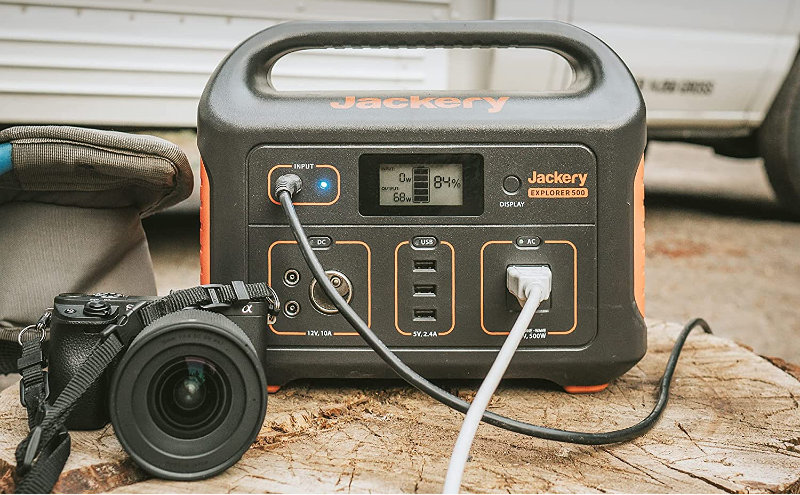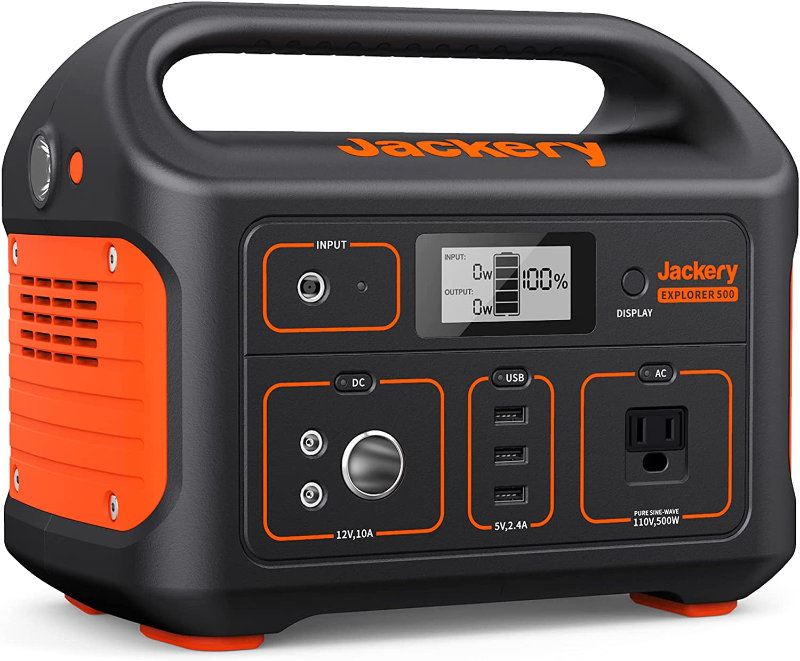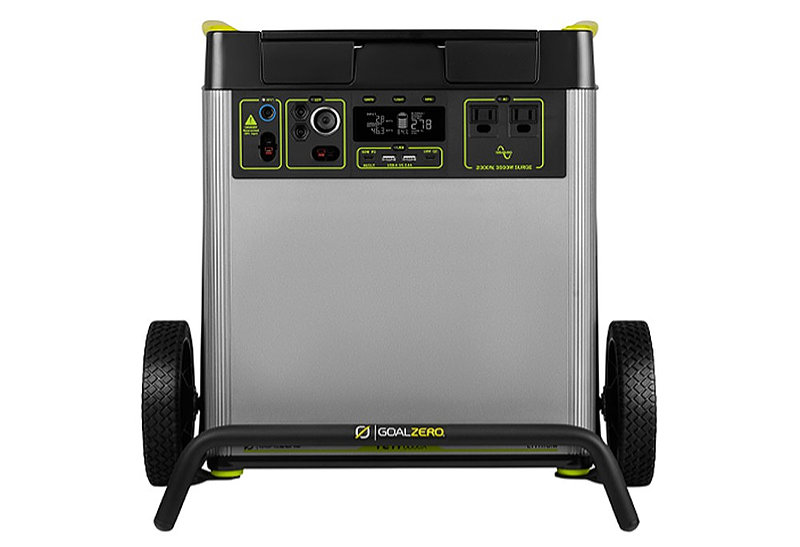Battery Generator Portable Power Stations – Watt Hours (Wh)

Watt Hours. Referenced as Wh. Every battery generator (also known as portable power stations) has a number for watt hours (Wh). But what does it mean? How should you relate watt hours to what the battery generator can really do?
Well, I’m going to help you with that. I’ll keep it simple. And I will give you some examples.
Watt Hours as it relates to a battery generator (portable power station) is the CAPACITY of ENERGY that it can store for your use on devices, appliances, etc.
Once you get a general understanding of power consumption for the things you might plug into the battery generator, you’ll generally know how long the battery generator will keep it running. Based on its rating.
Jackery 240 Watt Hours
For example, the most popular and best selling battery generator is apparently the Jackery 240. It is inexpensive, and performs very well, given its specs. But, it is rated for 240 Wh. What does that mean?
Well, the best way to understand it is this… It will operate a 240 watt device for one hour. Or on the other extreme, it will operate a 10 watt device for 24 hours. Or any combination of device loads that add up to this number.
After that, the battery generator will need a recharge (via solar panels, or, plugging it in to a powered outlet). Actually, being more realistic, more like about 80% of that. But I’m not going to get all technical…
Jackery Explorer 240 — Watt Hour Examples
So, that’s not much available power in this example. But, people love this patricular battery generator. Why? Because for certain uses it’s absolutely fine and perfect. Although it won’t run your typical appliances, Jackery states the following general examples for what the Explorer 240 can do. The list exemplifies the ability to do one-each within the list (not all together).
I added the ‘watts’ column. Note: My laptop charger only draws about 100 watts. Not sure why they suggest only 2 charges (probably more like 3). But that’s just being picky (grin).
| DEVICE | ~WATTS | CYCLES |
| Phone | 10 | 24 Charges |
| Camera | 24 | 10 Charges |
| Drone | 60 | 4 Charges |
| Laptop | 200 | 2 Charges |
| LED Light (800 lumen) | 13 | 18 Hrs |
| Fan | 16 | 15 Hrs |
| Mini Fridge | 60 | 4 Hrs |
| midsize LED TV | 68 | 3.5 Hrs |
So as you can see, it has its uses, even though it’s only rated at 240 Wh. Maybe for tent camping (powering LED lighting, recharging your phone, a little fan, etc..).
Everything depends on how much power any given device will draw from the battery generator. So that’s the key. Knowing this.
Battery Generator to run a CPAP
Here’s another example… Lets say you’re looking for a battery generator to run a CPAP overnight. First you need to find out how much power your CPAP draws. Averaged over the night. Apparently this also depends on what features you have on. I don’t have one, so I’m not sure.
However, doing some quick searches… Lets say the CPAP uses on average somewhere between 50 and 100 watts (I believe that’s about right for a typical CPAP machine). Well, lets also say that you want to run it long enough to get 7 hours of sleep.
100 x 7 = 700 watt hours (Wh)
50 x 7 = 350 watt hours (Wh)
Measure the Watt Hour Consumption
So, it depends on your machine. And the features you have turned on. Look up the specifications. Or, you might simply connect your own CPAP through the following meter to measure it overnight one time… Then you’ll know for sure.
P4460 Kill A Watt EZ Electricity Usage Monitor
(view on amzn)
[ Read: ‘Kill A Watt Meter’ — How to Measure Power Consumption (kWh) ]
Worst case (100 watt power consumption while turned on?) you’re going to need a bigger battery generator. Maybe something like the Jackery 1000. I recently referenced this model in the following article:
[ Read: Jackery versus Gas Powered Generator ]
On the other hand, maybe a battery generator like the Jackery Explorer 500 will work for your CPAP overnight, or long enough to get the sleep that you want. 500 watt hours.
Are you getting the idea how to figure out watt hours as it relates to battery generators?
Jackery 500
(view on amzn)

Battery Generator For Appliances
Now lets get into the big stuff. What kind of watt hours are required to run some of your typical home appliances? What are we looking at here?
I measured some of my own appliances over a 24 hour period.
My 20 cubic foot refrigerator consumed 1,400 Wh.
My smallest chest freezer (7 cu’) only used 240 Wh. The medium size (11 cu’) used 600 Wh. My big chest freezer (16 cu’) I haven’t measured yet!
The clothes washer consumed 60 Wh per load. The gas dryer used 290 Wh per load.
My pellet stove, depending on its setting, ranged from 60, 80, to 100 watts per hour on average. Startup was about 350 watts for several minutes.
As you can see, in order to figure out what size battery generator you might be interested in… You need to discover what loads you plan to apply and what they are. And for how long.
WATTS x HOURS = Watt Hours
Biggest Capacity Battery Generator?
Here’s the biggest capacity battery generator (still classified as portable) that I could find while doing some searching.
The Goal Zero Yeti 6000X portable power station. It holds a capacity of 6,000 watt hours. It can supply a maximum of 2,000 watts at any one time. It’s big bucks.
But it illustrates what you’re paying for… battery CAPACITY (watt hours), and maximum watts output. And, to an extent, the brand reputation.
Goal Zero Yeti 6000X
(view on their amzn site)

I hope that you now understand how watt hours relate to battery generators and their ratings.
